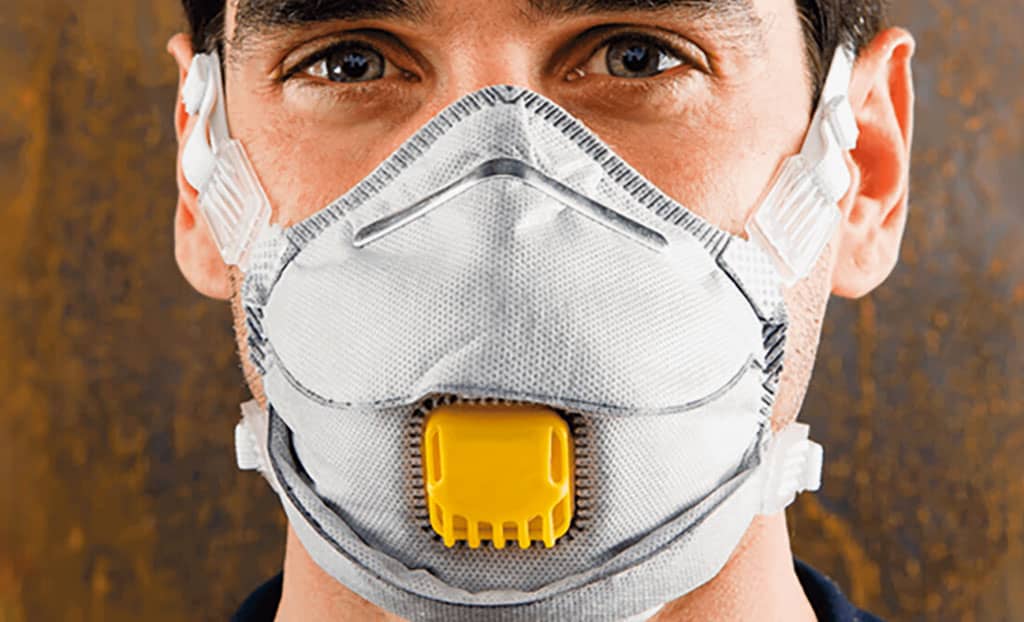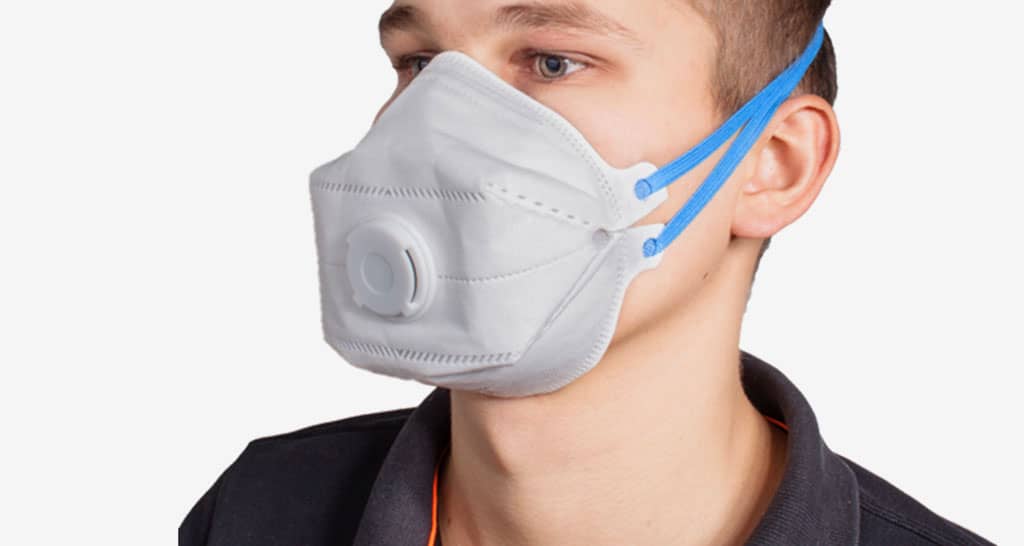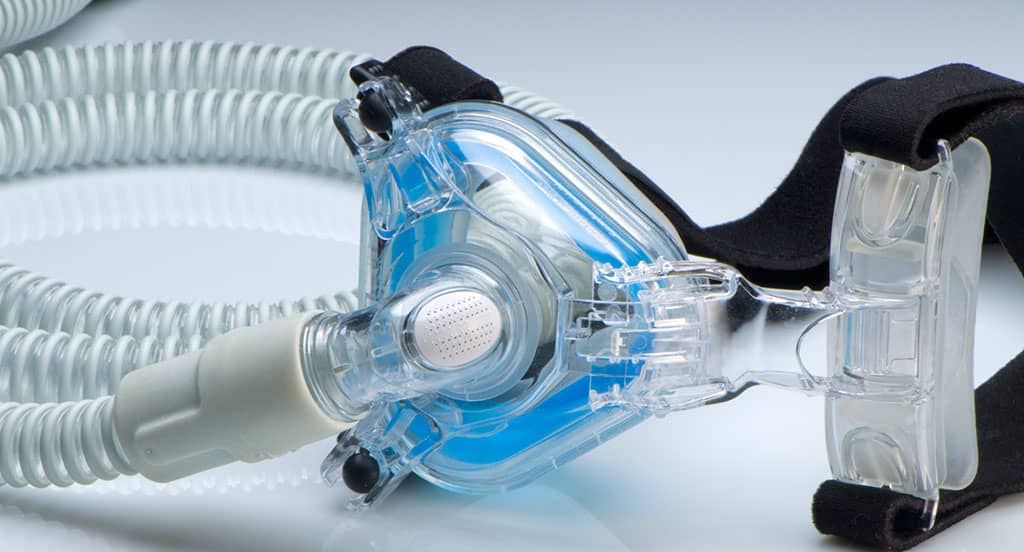

Respiratory protective devices are a type of personal protective equipment used to protect the user against inhalation of hazardous substances in the work environment. Respiratory protective devices should be used in situations where exposure control cannot be adequately achieved by other means, or as a last resort within a hierarchy of control measures such as elimination, substitution, engineering controls and administrative controls.

Business managements must first try to eliminate the danger at its source. In this regard, respiratory protective devices should be used after other acceptable and applicable control measures have been taken.
Respiratory protective devices that are not properly selected or used are completely ineffective and give the wearer a false sense of protection.
Respiratory protective devices are basically divided into two groups: respirator (air purifying) and breathing apparatus (with air supply). Which respiratory program will be applied should be evaluated depending on the business activities and the risks encountered. For this, a detailed activity and risk assessment should be made and respiratory hazards to be encountered in the working environment should be evaluated in detail. Procedures for controlling respiratory hazards and equipment should be kept ready to reduce or limit employee exposure to such hazards. It is very important to choose suitable respiratory protective equipment. In addition, a training program covering hazard recognition, risks associated with respiratory hazards and proper care and use of respiratory protective equipment should be implemented within the facility. When necessary, medical supervision of employees should not be neglected.
The acronym AS / NZS stands for Australia / New Zealand standard.
The Australian Standard (AS) is an independent, non-profit organization recognized as the highest non-governmental standards body in Australia. This organization develops internationally harmonized Australian standards that increase Australia's economic efficiency, international competitiveness and contribution to a safe and sustainable environment. It is a member of the Australian Standard (AS), the International Standards Organization (ISO) and the International Electrotechnical Commission (IEC) affiliated with this organization.

There are two Australian / New Zealand standards covering personal respiratory protection and risk management. These standards provide a basis for the selection, use and maintenance of respiratory protective devices in Australian and New Zealand workplaces.
The first of these is the AS / NZS 1715 standard (Selection, use and maintenance of respiratory protective equipment). This standard includes explanations to employers and users about the different types of respiratory protective devices, how to choose the right type for the job and how to maintain it correctly.
The other standard is the AS / NZS 1716 standard (Respiratory protective devices). This standard provides information to manufacturers, suppliers, employers and users by determining the performance requirements for different types of respiratory protective devices.
When workplace respirators are required, businesses must comply with AS / NZS 1716 requirements.
According to the test method presented in the AS / NZS 1716 standard, there are three different particle filters classified:
Workers must wear appropriate respiratory protection whenever they are at risk of exposure. In practice, however, the user's compliance with this principle is affected by the wearability of the individual respirator. Factors affecting this include comfort, visibility, and the need to communicate without removing the device. Therefore, the protective respiratory device is more likely to be worn where it fits well, provides comfort and is accepted by the user.
In its accredited laboratory, EUROLAB tests many medical devices and equipment as well as respiratory protective devices and determines the quality and reliability of these products for users.

EUROLAB closely follows the developments in the world in the field of science and technology and has a strong staff that constantly improves itself. It also uses modern test equipment and applies test methods accepted all over the world.
One of the services provided within this framework is the respiratory protective device tests within the requirements of the AS / NZS 1716 standard.
To get an appointment, to get more detailed information or to request an evaluation, you can ask us to fill in our form and reach you.